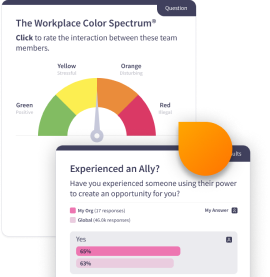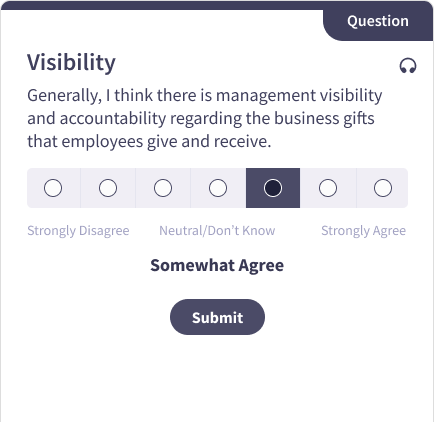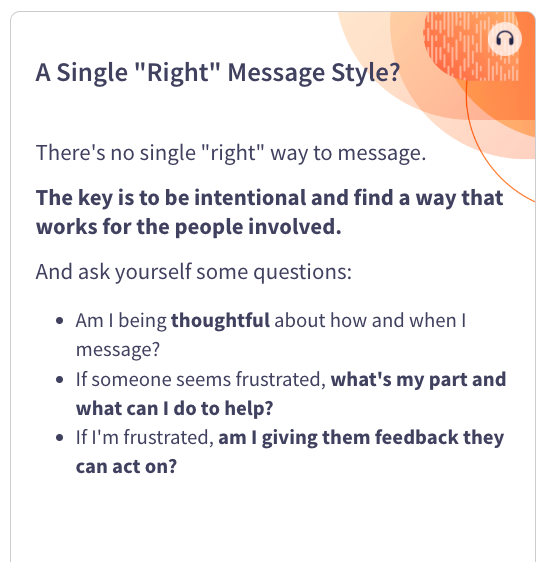
Understanding Structures and Their Impact
As organizations grow and expand globally, they embrace diverse cultural backgrounds, practices, and experiences. This includes acknowledging variations in leadership styles, ranging from egalitarian to authoritative. Failing to respect a team's culture can result in uncomfortable situations, unproductive conflict, and unfavorable outcomes. It is important to foster an environment of understanding and appreciation for cultural differences to ensure positive working relationships and successful outcomes.
Microlesson DescriptionIn this skill-building microlesson, we illustrate the different styles of leadership, decision-making, and team structures. For example, some cultures have flat consensus-oriented structures. Other cultures have hierarchical structures where team leaders make decisions and inform their teams. While it can sometimes be challenging to work with different cultures, we can be more effective, respectful, and inclusive if we understand their hierarchy and decision-making processes. This lesson is part of the Embracing Interculturalism skill-building series. At the end of the lesson, we provide learners with a downloadable tip sheet to put these practices into action.
Key Concepts- Understanding different decision-making processes and leadership styles and how it differs in structure, authority, and formality.
- How to build relationships when working with intercultural teams and co-workers.
- When we foster collaboration and trust, we create inclusive, respectful interactions and working relationships.
- Tips and best practices to uncover how decisions are made.
Microlesson Features
- Employee sentiment pulsing questions that provide leaders with insights into their workforce's core cultural competencies
- Emtrain's Expert Answers tool, enabling employeees to submit anonymous questions about sensitive issues.
- Rich, contemporary video scences illustrating key concepts through realistic scenarios
- A data driven, skill-based approach to eLearning that establishes a shared language for employees.

Related Resources
Related Trainings
Frequently Asked Questions
Below are answers to common questions that employees and managers have about this topic. These FAQs provide a preview of what you’ll learn in this microlesson and why it matters.



